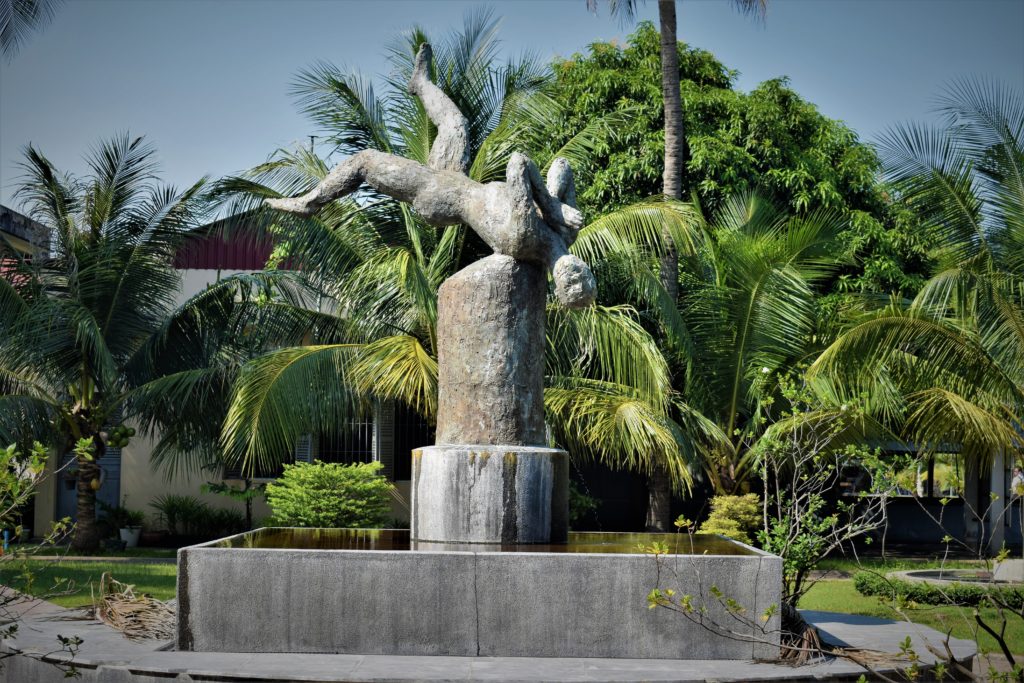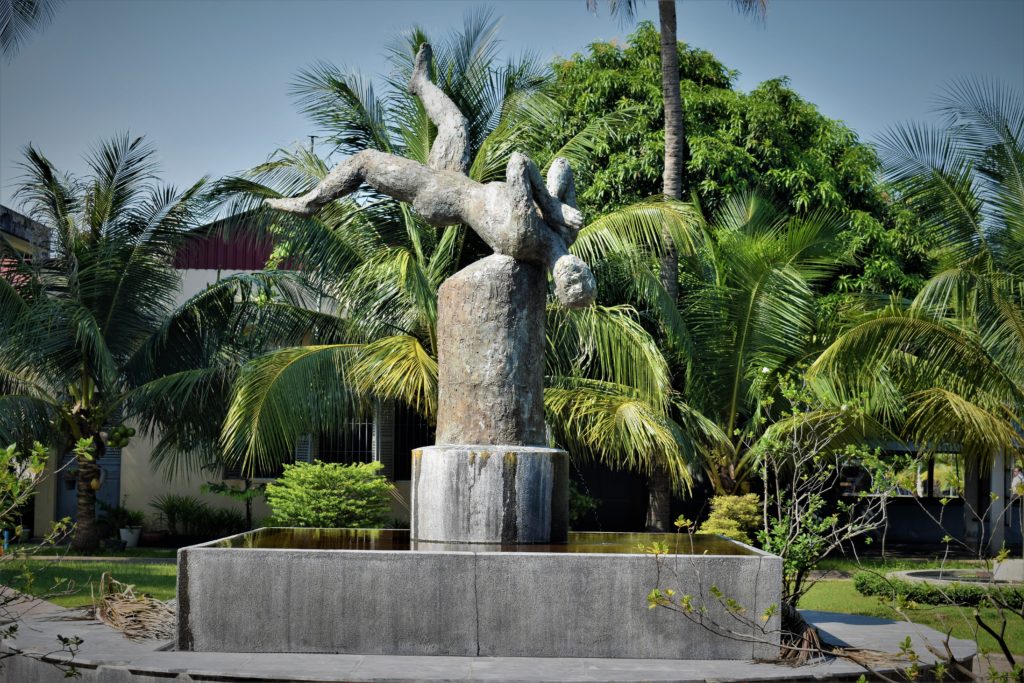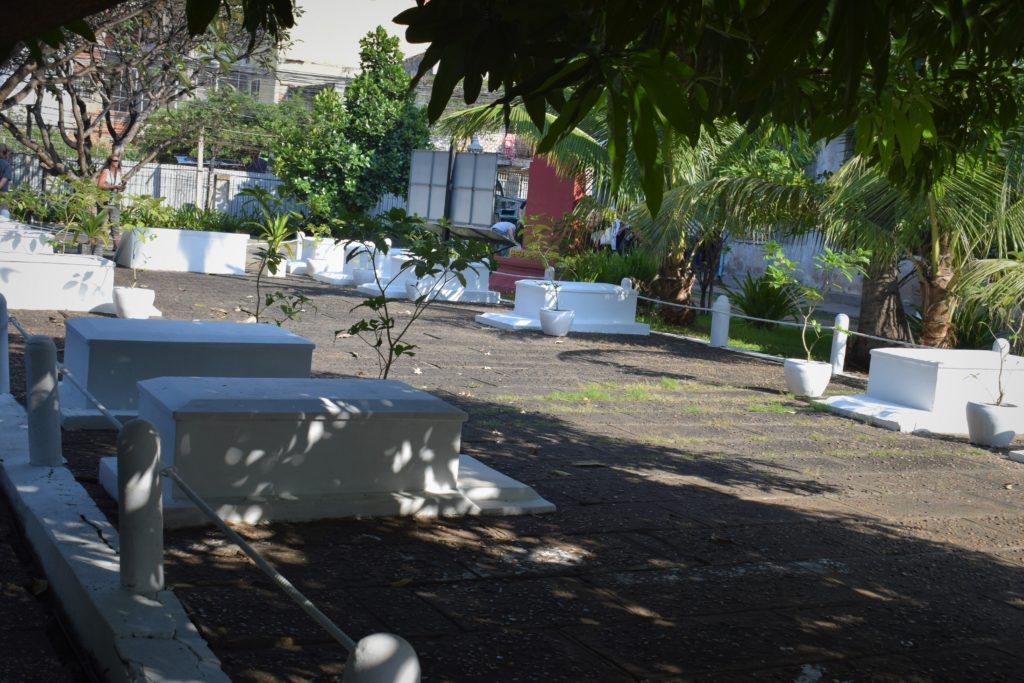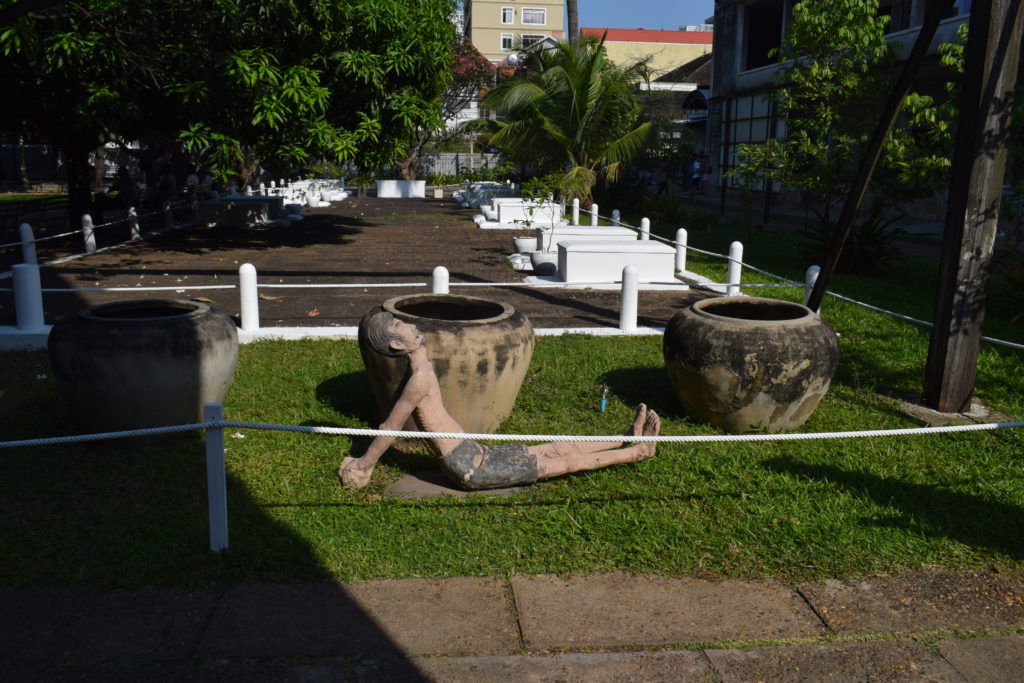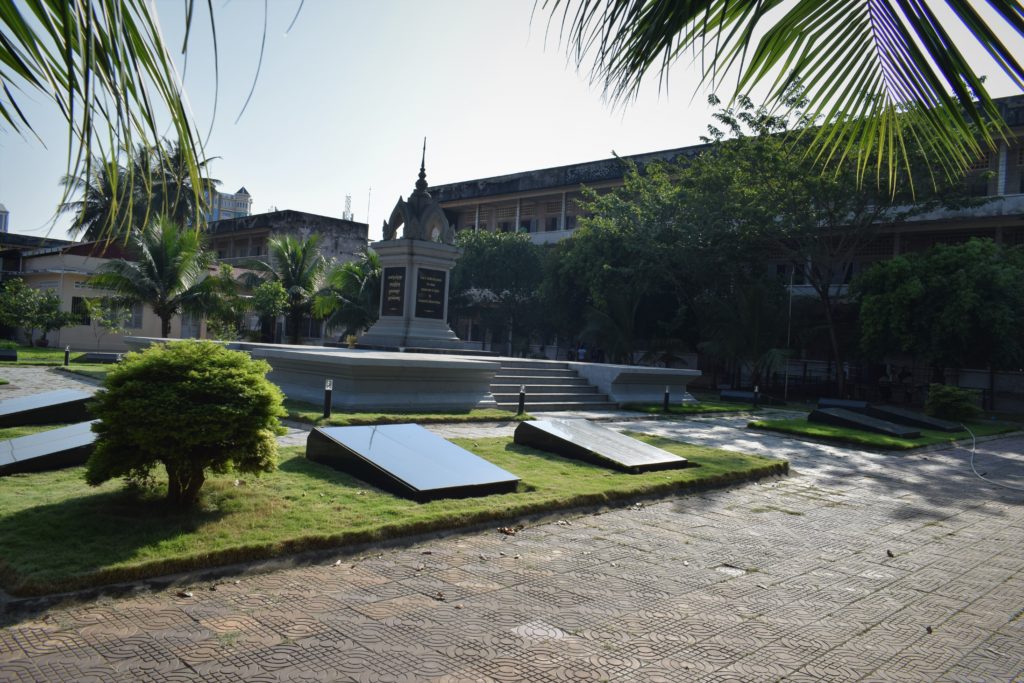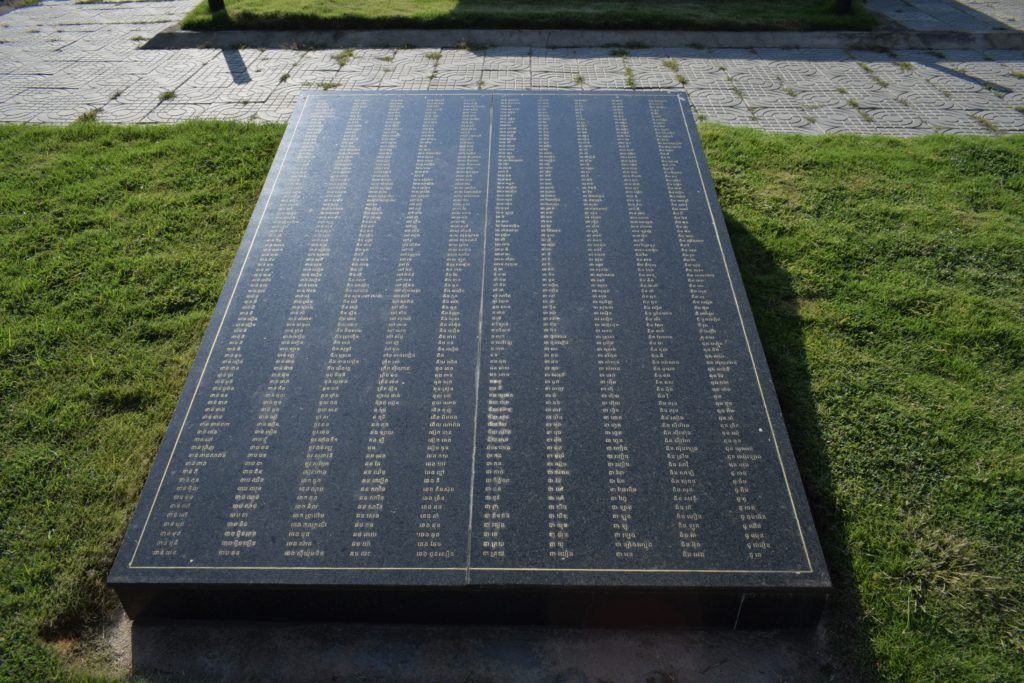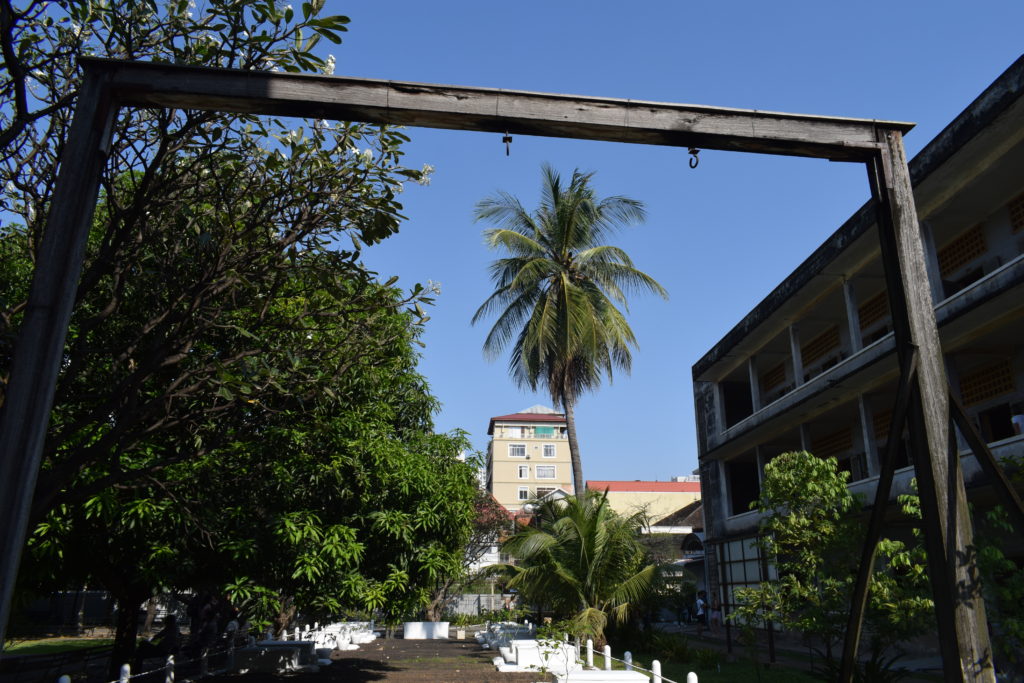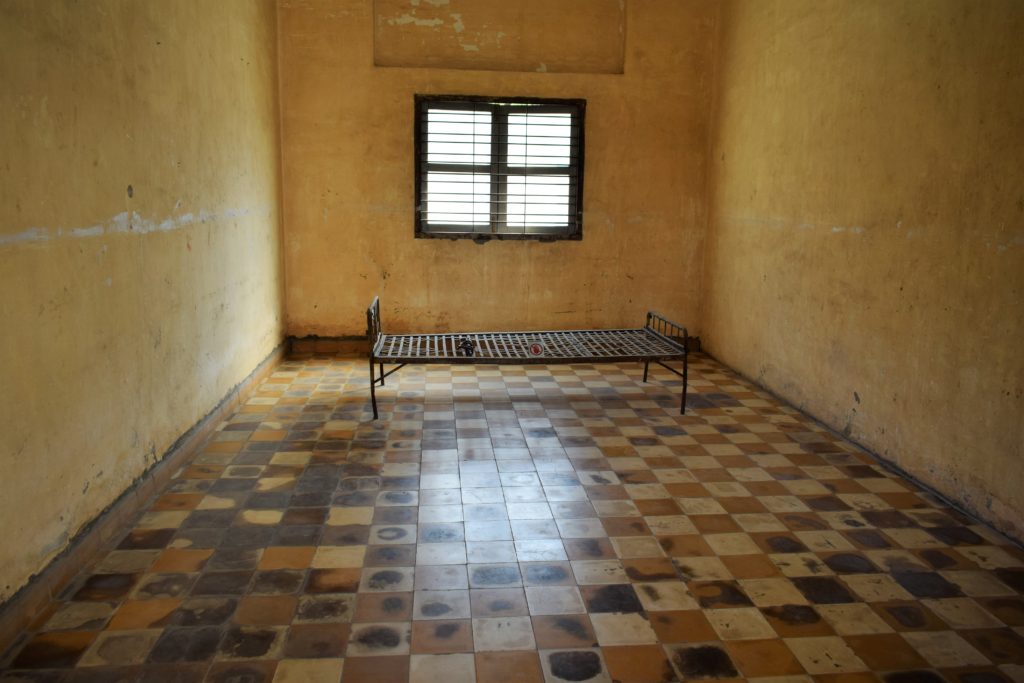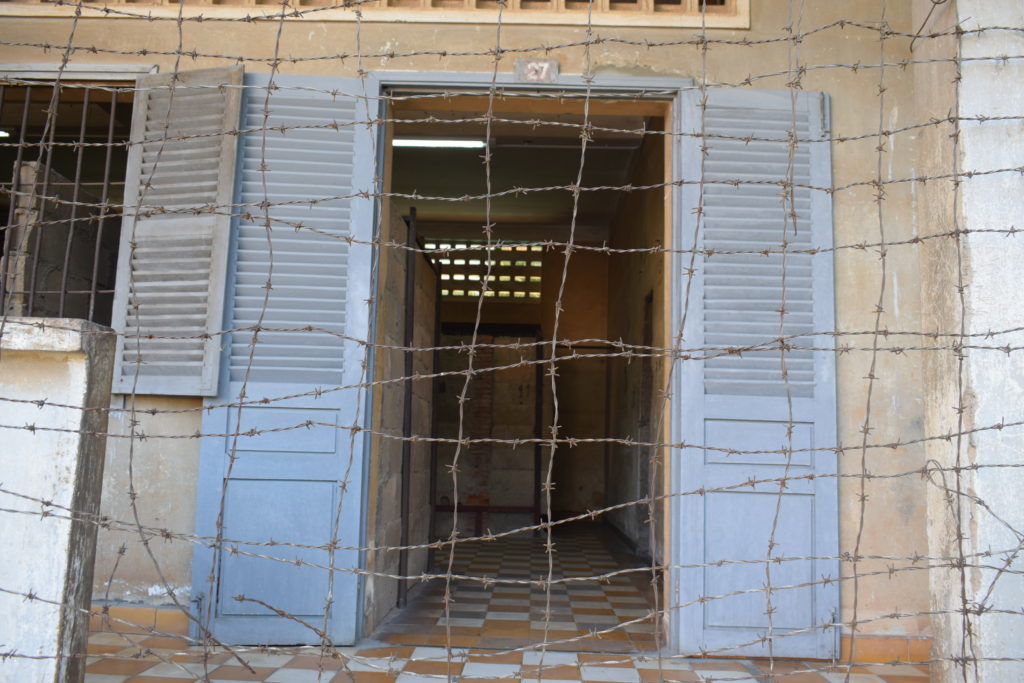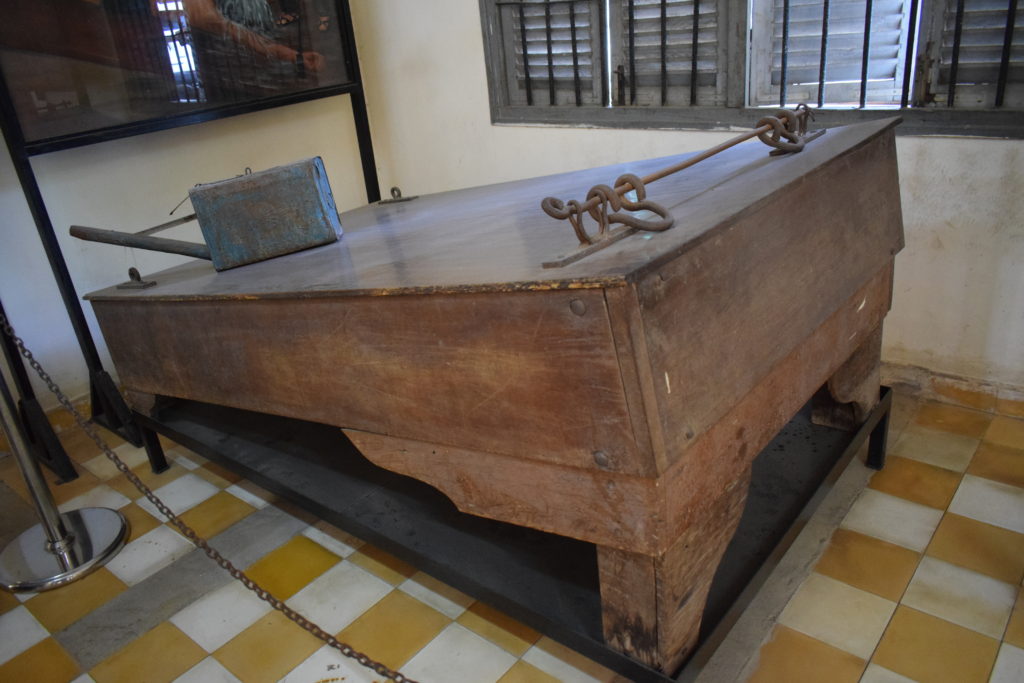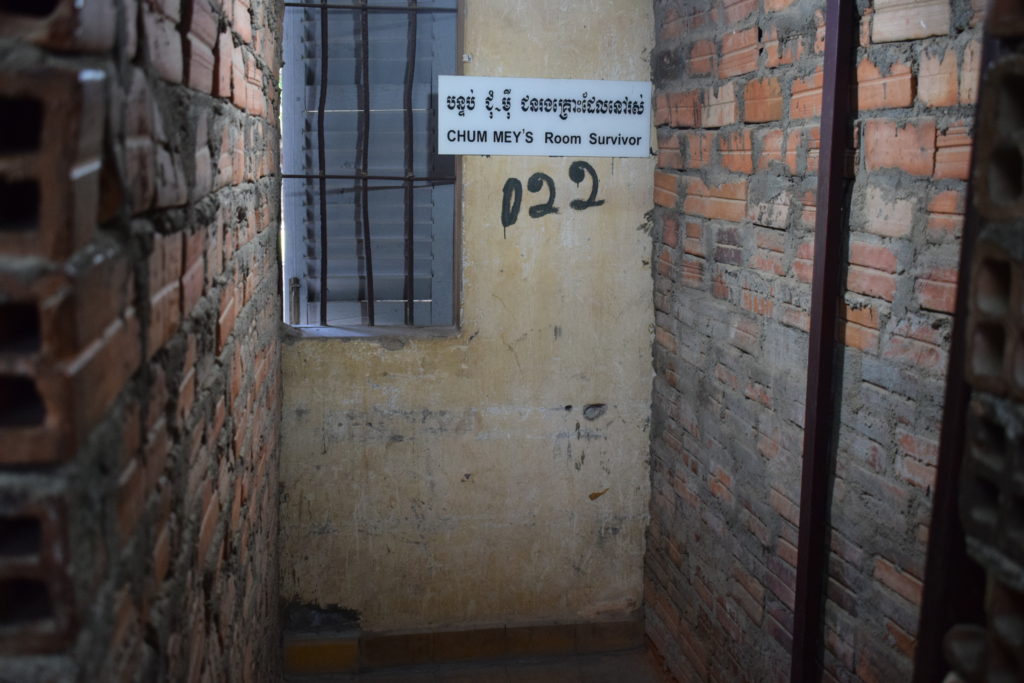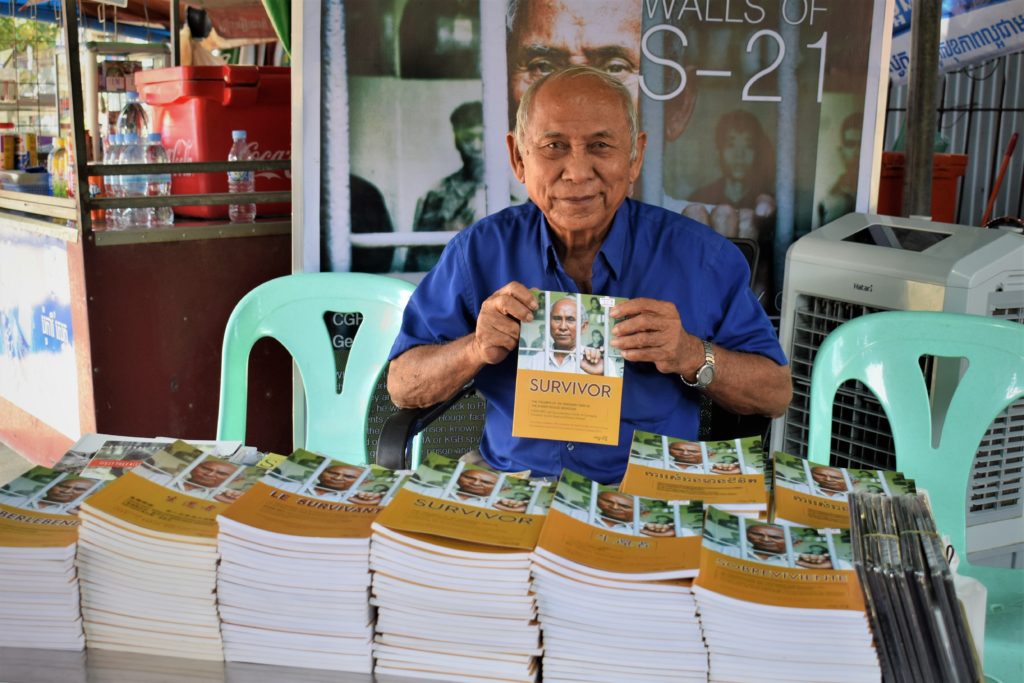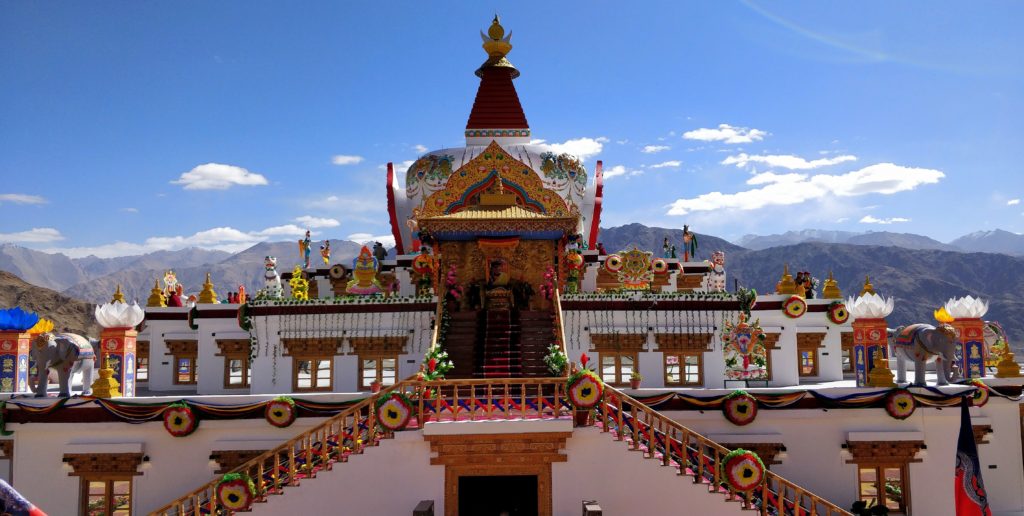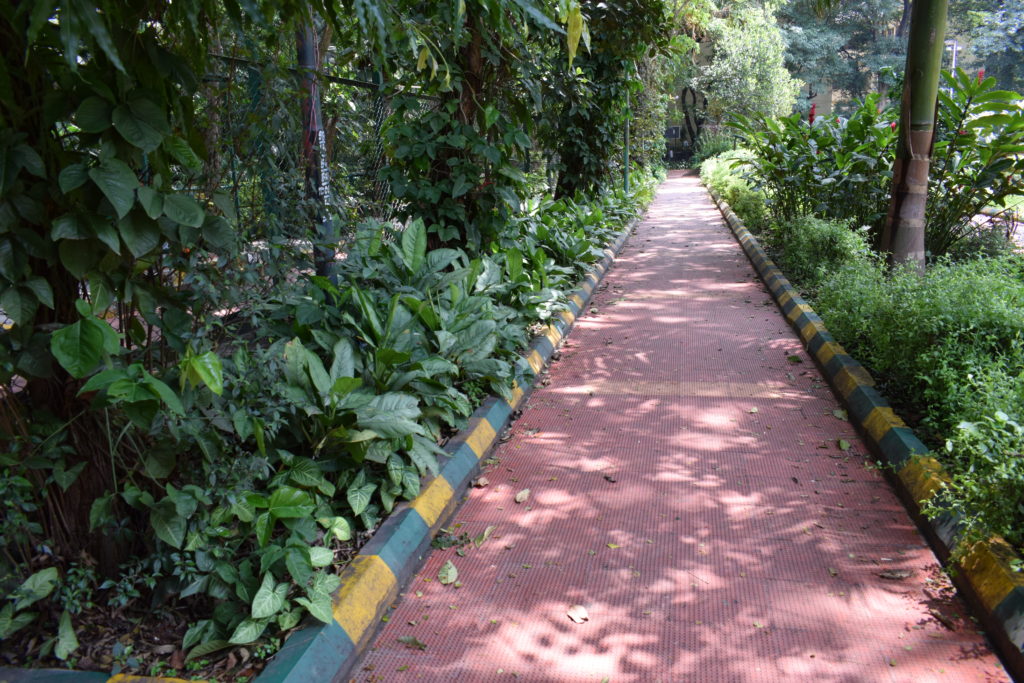Table of Contents
The Tuol Sleng Genocide Museum, Phnom Penh, Cambodia
The Tuol Sleng Museum stands bang in the center of a busy crossroad in Phnom Penh, the capital of Cambodia. A dull, grey building surrounded by high walls, you could have passed by it without a second glance if you were not aware of its significance. The innocuous looking building which was once a school filled with the laughter of children and the gentle reprimands of teachers is today a museum.
Tuol Sleng Museum is a tear on the face of time, a reminder of the darkest chapter in the history of Cambodia and the world. The words of one of the handful of survivors of the nightmare, Chum Mey in an interview to BBC sums it all up; “I come every day to tell the world the truth about the Tuol Sleng prison… so that none of these crimes are ever repeated anywhere in the world.”
The Horrific History of Tuol Sleng Museum
As we step into the premises of the Tuol Sleng Museum, the somber ambiance of the place envelops us. Visitors move around in hushed silence. The silence seems to conceal layer upon layer of pain and suffering that seems to still hang in the atmosphere.
We sit on a bench beneath a tree in the grounds. The whitewashed graves of some of the victims lie near us, a grim reminder of the horrors that were perpetrated at this very spot. Our guide Set Piseth takes a deep breath and starts to tell us the entire story of the horrors of the Tuol Sleng Museum. His eyes moist at times and his voice choking with emotion, he takes us back in time to one of the darkest chapters in the history of Cambodia and the world.
Between the years of 1975-1979, the dreaded Khmer Rouge led by the merciless Pol Pot decimated the very fabric of Cambodia. More than a quarter of the country’s population met a gruesome death. The Khmer Rouge unleashed a genocide the liked of which the world had not seen earlier. More than two million people died under the relentless and systematic torture of the Khmer Rouge who wanted to take the country back to an agrarian economy, to, “Year Zero”. Foreigners, artists, writers, teachers, politicians, bankers, were all herded and tortured in concentration camps or forced to work in the fields under horrible conditions. Children and women drew no mercy from the tyrannical excesses of the Khmer Rouge.
It was the 17th of April, 1975 when the Khmer Rouge marched into the city of Phnom Penh. What happened next is unprecedented in the annals of history. They closed the entire city down and the people were herded out to work in the fields. Masse executions began of the people from the previous regime. Cambodia was isolated from the world to simmer in a hell created by the diabolical designs of Pol Pot and his Khmer Rouge.
Prisoners came up across the country and some estimates put these at almost around 195. These were used for interrogation and torture of those the Khmer Rouge viewed as enemies or threats to their ideology. One of the most notorious of these prisons or extermination camps came up in a school in Phnom Penh, Tuol Sleng. This was the place where we were in and listening to the horrific history of the place and the accounts of the gruesome atrocities of the Khmer Rouge from our guide Set Piseth.
The Tuol Sleng prison was given the name S-21 which stood for Security Prison-21. It is estimated that this place housed more than 20,000 prisoners between the years 1976-1979. The capacity of the prison was to house about 1,000 to1,500 people at any given time. The prisoners included entire families. They were subjected to the most gruesome torture and forced to name others who were then in turn arrested and tortured in the prison.
The Tuol Sleng Museum Today
As we walk through the Tuol Sleng Genocide Museum, a feeling of melancholia hopelessness, anger, frustration, all combine and erupt as teardrops from our eyes. A familiar feeling which surfaces whenever confronted with the depravity to which humans can descend. This is exactly what we felt when we were at the Genocide Museum in Kigali, Rwanda or at the site of the Jallainwalah Bagh in Amritsar. A feeling of utter despair.
The museum consists of four buildings which were originally school blocks made up of classrooms. The buildings have been labeled as A, B, C, and D. Fourteen anonymous graves serve as a grim reminder of the dark days and deeds of the Khmer Rouge.
In the grounds, a pole with cables attached that was used by students for physical exercises was transformed into a grotesque gallows by the Khmer Rouge. Prisoners with hands and legs tied were hoisted by ropes upside-down and interrogated when they fell unconscious, their faces would be dipped in filthy water, and the interrogation would continue.
Building A consists of stark and bare rooms with single iron beds and chains which were used to detain prisoners. An eerie aura still grips the place which seems to echo with the grief-stricken cries of despair and pain.
Building C consists of single wooden and brick cells as well as a mass detention center. It is encircled by barbed wire. This was to prevent desperate prisoners jumping from the higher floors in desperation to escape the torture.
The museum brings alive the poignant human tragedy through pictures of the victims as well as the perpetrators. The instruments of torture used are preserved and serve as a lesson to ensure that such a dark history is not repeated.
But where there is death, despair, and tragedy, there is also hope, bravery, human endurance and triumph of the spirit. The museum highlights some of these stories as well.
The Man Who Survived
We moved around the classrooms, our minds numbed and our eyes moist as the nightmare of the victims cast a haunting web. Mugshots of the victims adorned the walls of some of the rooms. Who would have survived this hell we thought! But there were a handful of survivors who lived through the hell by a strange mix of circumstances, fate, and sheer grit.
“That is Chum Mey”, said our guide Set Piseth pointing to a genial-looking gentleman sitting behind a pile of books in the premises of the museum. Chum Mey could not speak English. But on being informed by our guide that we were from the media, he smiled and held up one of the books that was titled, “Survivor: The Triumph of an Ordinary Man in the Khmer Rouge Genocide.” Indeed Chum Mey had lived through the hell that was S-21 and today was alive to literally tell the tale.
Chum Mey was a mechanic and probably that was one of the reasons he survived. He was made to repair sewing machines in the prison workshop, which were used by the Pol Pot regime.
We waved at the smiling Chum Mey and made our way out. His words spoken during his testimony at the trial of one of the senior Khmer Rouge figures echoed in our minds. “I cry every night. Every time I hear people talk about the Khmer Rouge it reminds me of my wife and children.”
Cambodia is a beautiful country, a country with the beautiful temples of Siem Reap, lovely beaches of Sihanoukville, the cultural center of Phnom Penh, and much more. But though it is a very grim experience, it is necessary to visit the Tuol Sleng Museum to understand the history of the country and its angst. It is also necessary for mankind not to forget the dark chapters of history as otherwise, these may repeat.
Do You Love Traveling?
Do you want to know how to travel the world? We have put together a very useful travel resources page with best travel tips. Go check it out now.
Thanks for visiting our site Voyager – imvoyager.com and taking the time to read this post!
If you wish to collaborate/work with us then reach us at [email protected]
We’d love if you’d comment by sharing your thoughts on this post and share this post on social media and with your friends.
[shareaholic app=”share_buttons” id=”27413782″]
Follow our journey on our social media channels:
Facebook Twitter Instagram Pinterest G+ YouTube
